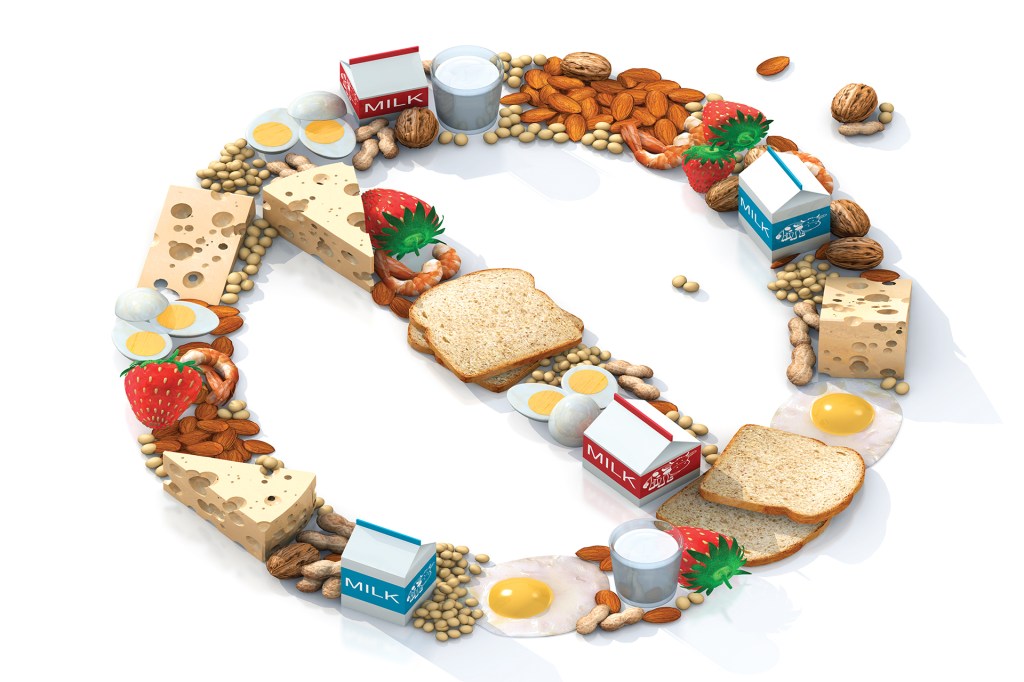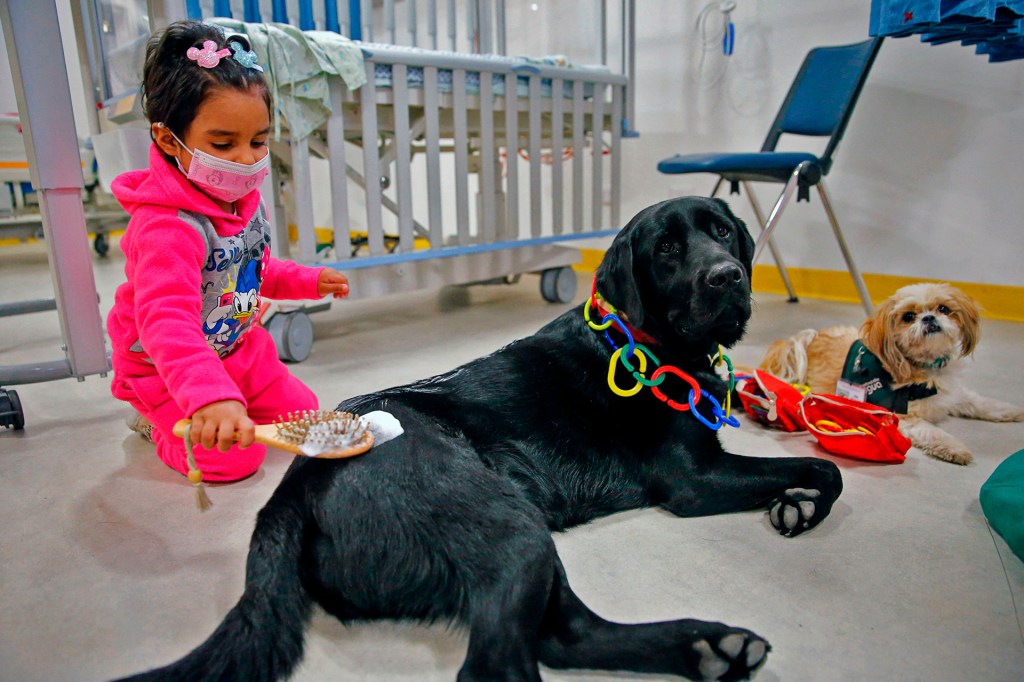The Peanut Solution

Brett Treichel’s mother gave him a piece of peanut butter toast when he was 9 months old. Brett touched the peanut butter, then rubbed his eye. It instantly swelled. Brett was rushed to the hospital. Doctors said he had a peanut allergy.
Now 13, Brett has learned to live with his allergy. In the school cafeteria, he sits far from classmates who are eating peanut butter. His school keeps a medical device called an EpiPen
EpiPen
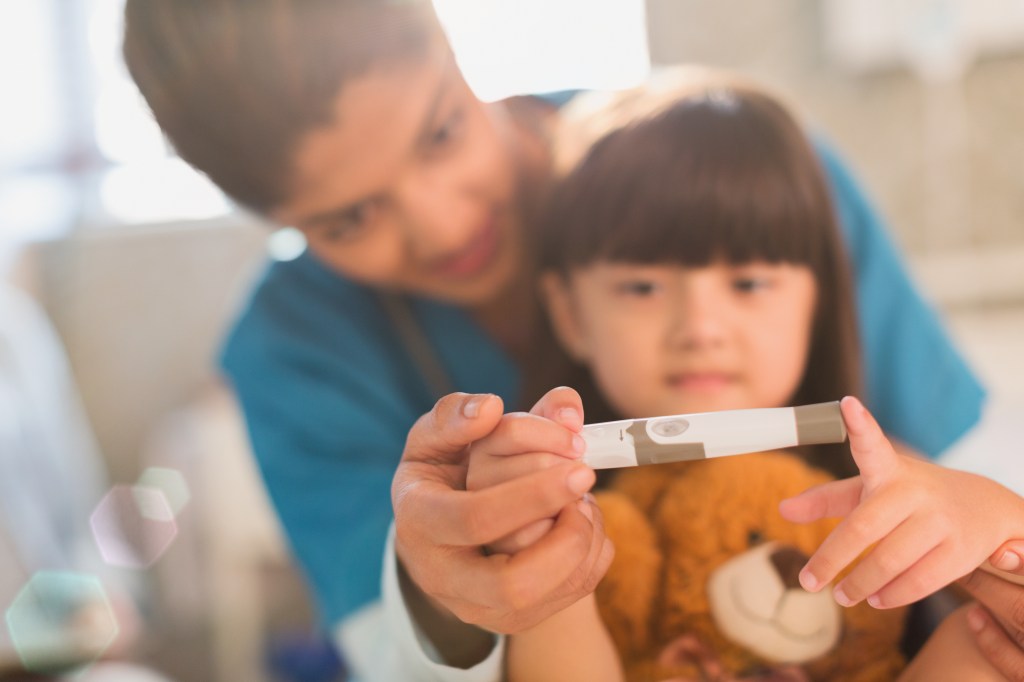 HOXTON/TOM MERTON—GETTY IMAGES
a device that administers a dose of epinephrine, which is used to treat an allergic reaction
(noun)
Because of Candace's egg allergy, she must carry an EpiPen with her at all times.
in the front office. His teachers are trained to use it. Brett’s doctors say that, like most kids who are allergic to peanuts, he probably won’t grow out of his allergy. “I have to be careful for life,” Brett told TFK.
HOXTON/TOM MERTON—GETTY IMAGES
a device that administers a dose of epinephrine, which is used to treat an allergic reaction
(noun)
Because of Candace's egg allergy, she must carry an EpiPen with her at all times.
in the front office. His teachers are trained to use it. Brett’s doctors say that, like most kids who are allergic to peanuts, he probably won’t grow out of his allergy. “I have to be careful for life,” Brett told TFK.
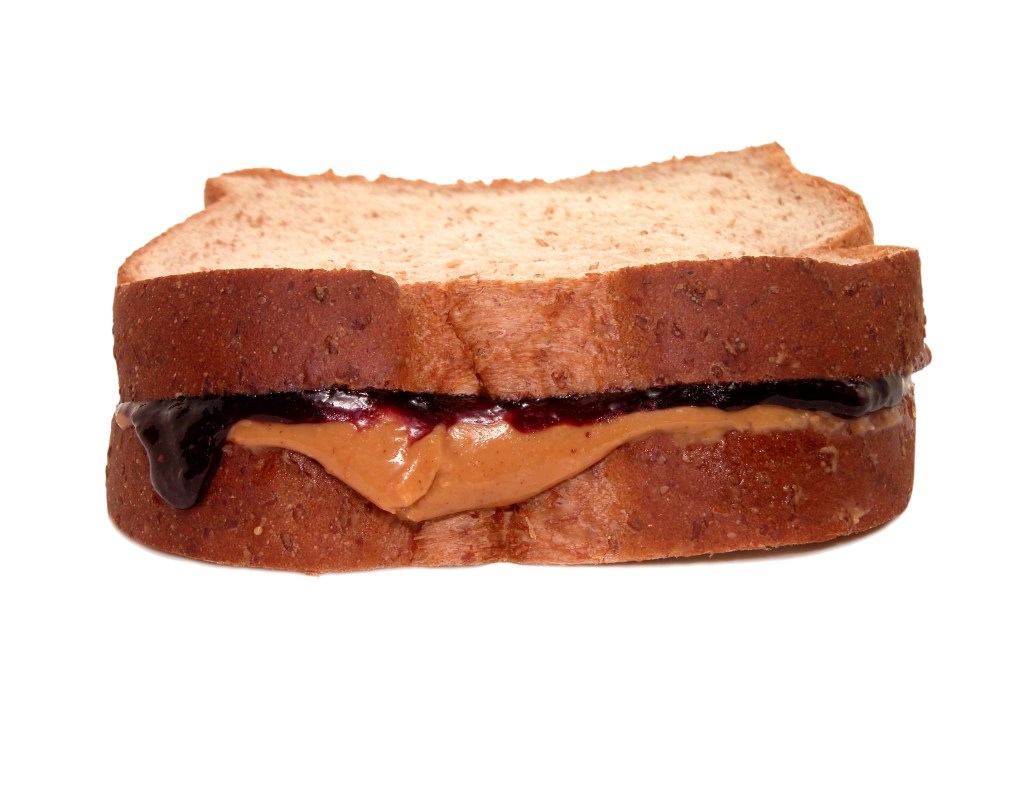
NUT BUTTERS, like almond or cashew, may be made by machines that process peanuts.
PHOTOEUPHORIA—GETTY IMAGESA recent study in the journal Pediatrics found that one in 50 children in the United States is allergic to peanuts. That’s 1.6 million kids. For many, exposure to even a trace
trace
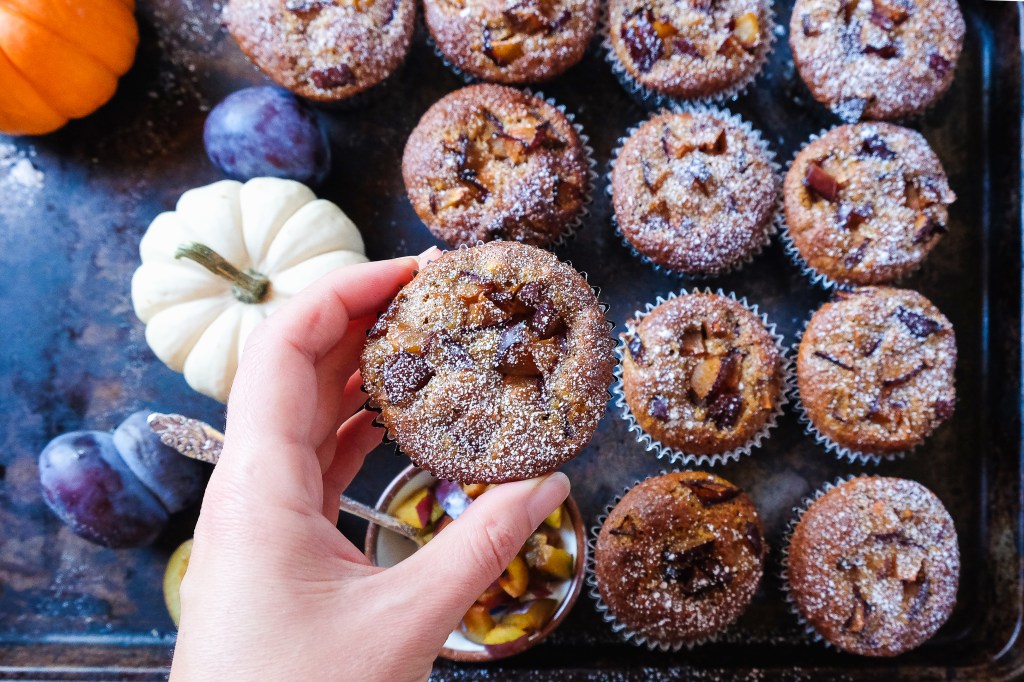 OLENE HASSELL/EYEEM—GETTY IMAGES
a tiny amount
(noun)
My dad's trademark muffins include a trace of cinnamon.
of peanut can trigger a reaction called anaphylaxis. It causes swelling of the tongue and throat. An injection of medicine using an EpiPen can stop the reaction. If not treated, anaphylaxis can be fatal.
OLENE HASSELL/EYEEM—GETTY IMAGES
a tiny amount
(noun)
My dad's trademark muffins include a trace of cinnamon.
of peanut can trigger a reaction called anaphylaxis. It causes swelling of the tongue and throat. An injection of medicine using an EpiPen can stop the reaction. If not treated, anaphylaxis can be fatal.
There is no known cure for a peanut allergy. But in November 2018, a company called Aimmune Therapeutics announced the results of a clinical trial
clinical trial
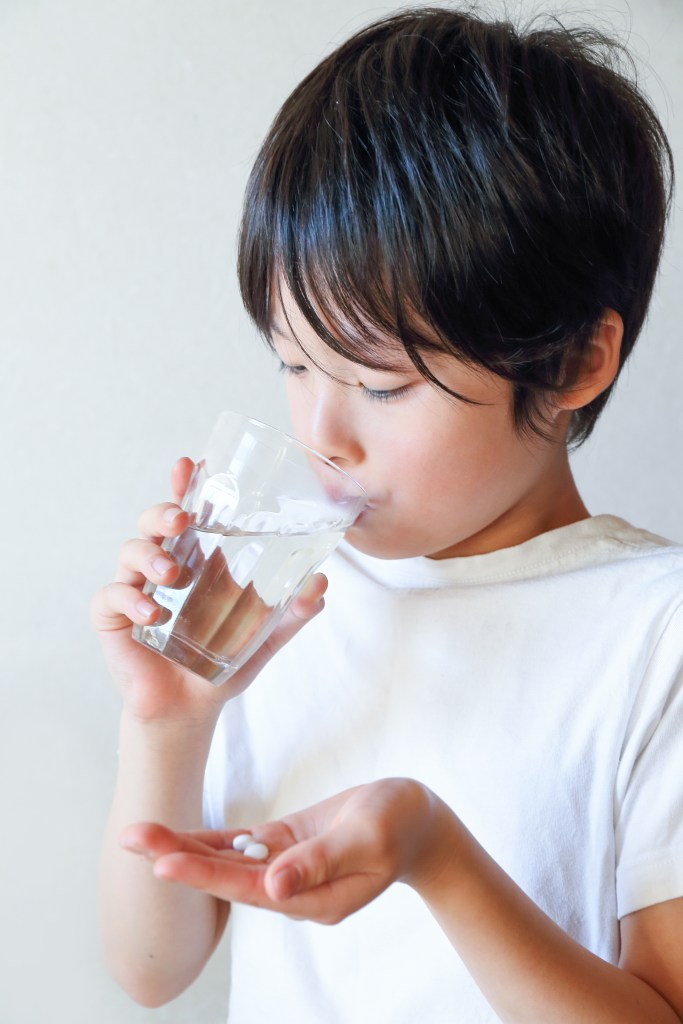 MAKIENI'S PHOTO/GETTY IMAGE
a scientifically controlled study to test the safety and effectiveness of a drug or vaccine
(noun)
Joel is taking part in a clinical trial, and must take a pill each night before he goes to sleep.
. The findings
findings
MAKIENI'S PHOTO/GETTY IMAGE
a scientifically controlled study to test the safety and effectiveness of a drug or vaccine
(noun)
Joel is taking part in a clinical trial, and must take a pill each night before he goes to sleep.
. The findings
findings
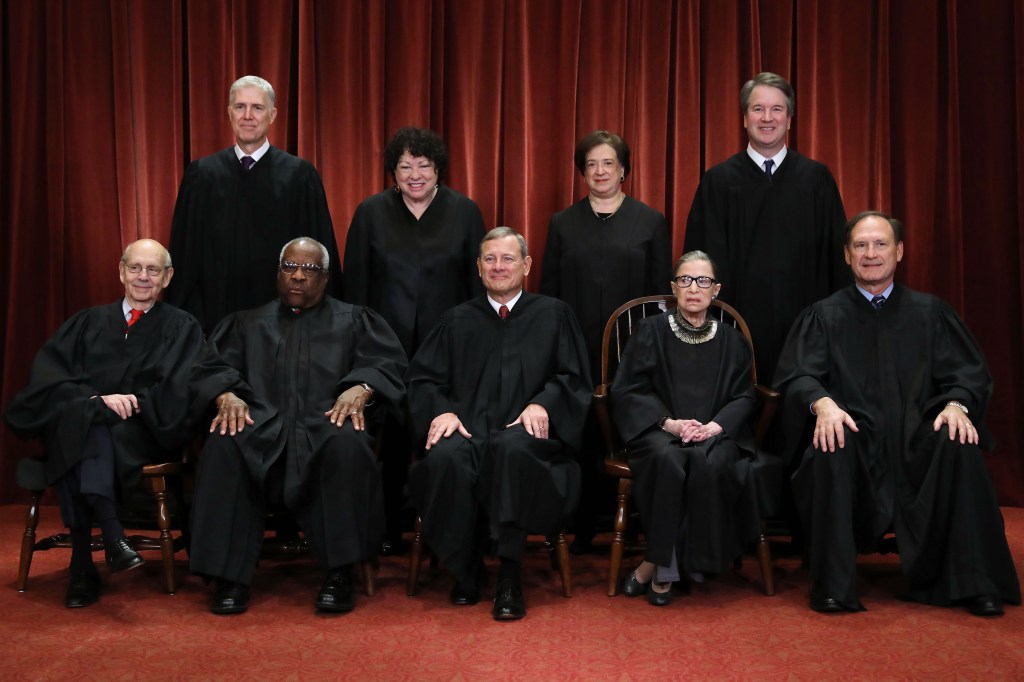 CHIP SOMODEVILLA/GETTY IMAGES
the results of an investigation
(noun)
The Supreme Court can overturn the findings of a lower court.
could mean help is on the way for Brett and other allergy sufferers.
CHIP SOMODEVILLA/GETTY IMAGES
the results of an investigation
(noun)
The Supreme Court can overturn the findings of a lower court.
could mean help is on the way for Brett and other allergy sufferers.
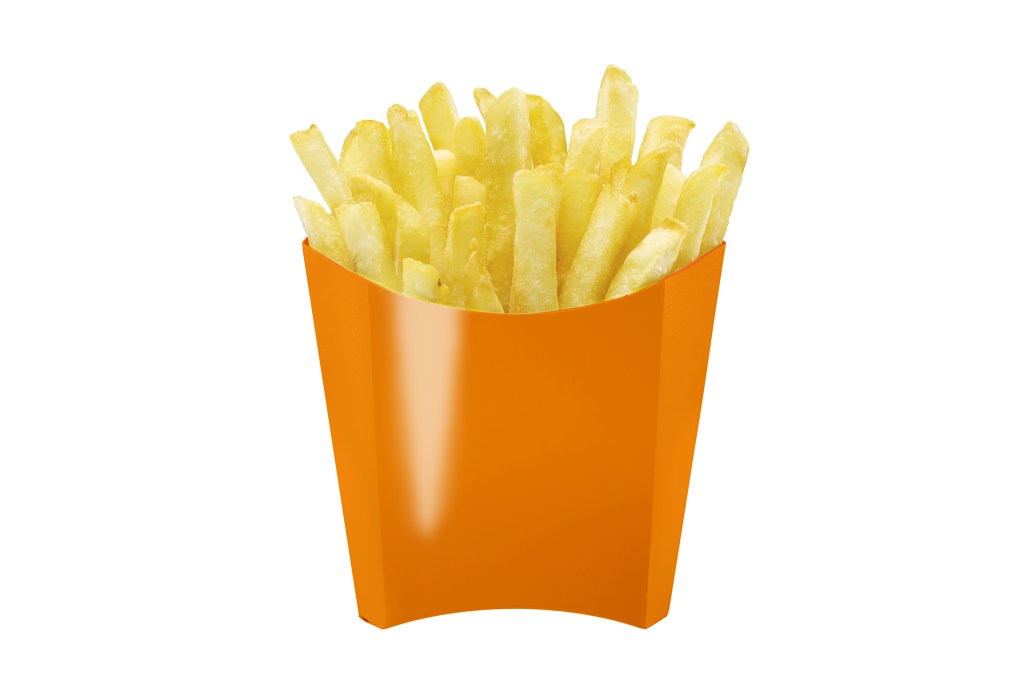
FRIED FOODS are sometimes made using peanut oil.
RBOZUK—GETTY IMAGESA New Treatment
Aimmune is developing a therapy to help kids with a peanut allergy tolerate
tolerate
 TOM WERNER/GETTY IMAGES
to put up with; to withstand
(verb)
The gardener recommended several plants that can tolerate drought.
peanuts. Here’s how it works: To start, a child is given just one milligram of a special peanut powder. For most patients
patient
TOM WERNER/GETTY IMAGES
to put up with; to withstand
(verb)
The gardener recommended several plants that can tolerate drought.
peanuts. Here’s how it works: To start, a child is given just one milligram of a special peanut powder. For most patients
patient
 CAVAN IMAGES/GETTY IMAGES
a person who is receiving medical care
(noun)
The doctor recommended that the patient spend the night in the hospital.
, this tiny dose doesn’t set off an allergic reaction. Over time, more peanut powder is added to the daily dose. This slowly increases the amount a patient can handle.
CAVAN IMAGES/GETTY IMAGES
a person who is receiving medical care
(noun)
The doctor recommended that the patient spend the night in the hospital.
, this tiny dose doesn’t set off an allergic reaction. Over time, more peanut powder is added to the daily dose. This slowly increases the amount a patient can handle.
To make sure the treatment is safe and effective, Aimmune conducted
conduct
 ISTOCK/GETTY IMAGES
to lead, undertake, or manage something
(verb)
Our teacher conducted an investigation to find out who vandalized the desk.
a yearlong clinical trial. It included 554 participants of various ages. More than 96% of the children who completed the therapy could handle at least 300 milligrams of peanut powder. That’s equal to about one peanut.
ISTOCK/GETTY IMAGES
to lead, undertake, or manage something
(verb)
Our teacher conducted an investigation to find out who vandalized the desk.
a yearlong clinical trial. It included 554 participants of various ages. More than 96% of the children who completed the therapy could handle at least 300 milligrams of peanut powder. That’s equal to about one peanut.
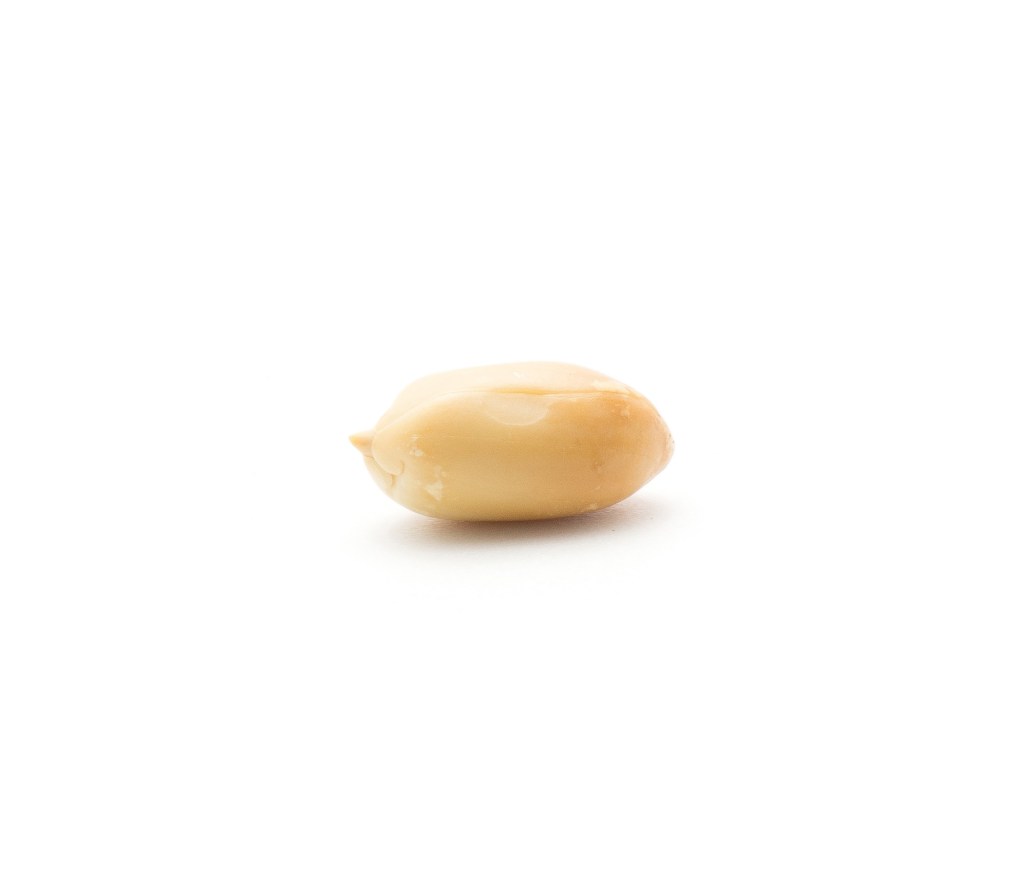
A BIG WIN A new treatment allows kids to safely eat one peanut
KATERYNA BIBRO—GETTY IMAGESBite-Proof Protection
Sayantani Sindher is with Stanford University, in California. She was one of the researchers involved in the study. Sindher told TFK that even after treatment, kids must stay away from peanuts. But treatment may help them avoid a life-threatening reaction. “It’s bite-proof protection,” Sindher says. “So if you accidentally take a bite of a cookie with peanuts in it, you don’t have to run to the emergency room. It gives peace of mind to kids and parents, and improves their quality of life.”
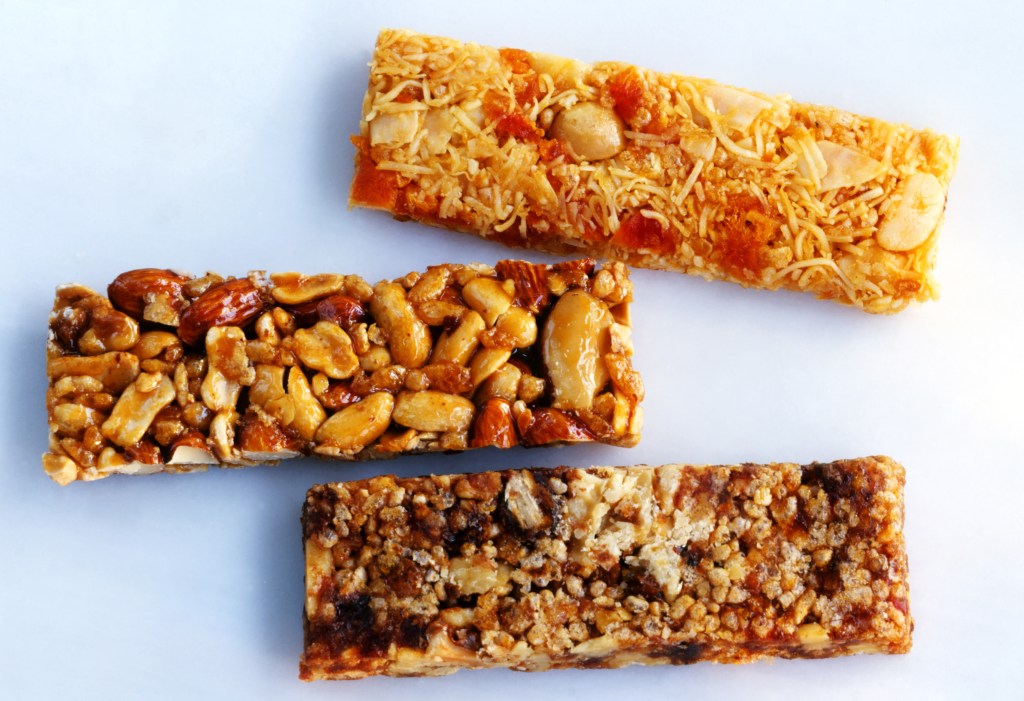
GRANOLA BARS, even peanut-free ones, can be contaminated.
MAXIMILIAN STOCK/GETTY IMAGESFor the treatment to become available to the general public, it must be approved by the U.S. Food and Drug Administration. That could happen later this year.
Warning: Don't Try This at Home
Peanut therapy is done with a doctor’s supervision. Doses are specially prepared and carefully controlled. Patients are closely monitored for signs of an allergic reaction. Without these precautions, it’s extremely dangerous to eat a food you’re allergic to. If you and your family think this treatment could be right for you, see a doctor.





